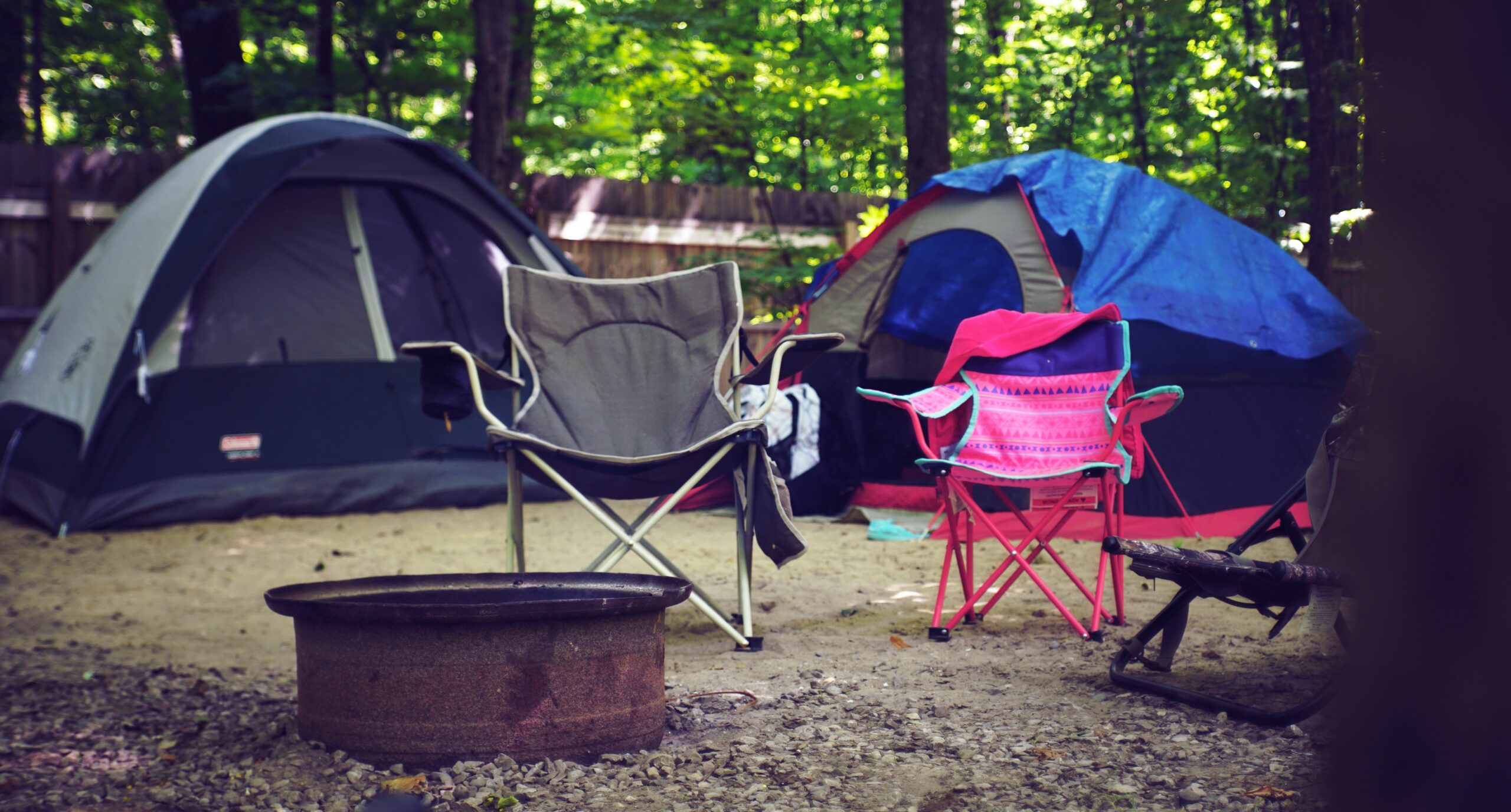
Have you heard of the Head-Smashed-In Buffalo Jump?
Have you heard of the Head-Smashed-In Buffalo Jump? This site is one of the world’s oldest and best-preserved buffalo jumps, located 18 kilometres (15 minutes) north and west of Fort Macleod on secondary Highway #785 (paved). Designated as a UNESCO World Heritage Site in 1981, this site holds significant archaeological and cultural importance, offering insight into the indigenous practices of the Plains peoples, particularly their methods of buffalo hunting.
For over 6,000 years, the Head-Smashed-In Buffalo Jump was primarily used by the Blackfoot, fiercely independent and very successful warriors, who controlled a vast region stretching from the North Saskatchewan River in Alberta to Yellowstone River of Montana, and from the Rocky Mountains to the Cypress Hills on the Alberta-Saskatchewan border.
The term “Blackfoot” actually refers to 3 tribes: the Blackfoot proper (Siksika), the Bloods (Kainai), and the Peigan (Piikani). Each tribe was independent, but they all spoke the same language and regarded themselves as allies.
The Blackfoot proper are the northernmost of the tribes and currently occupy the Bow River east of Calgary. To the south are the Bloods, situated on the Oldman, Belly, and St. Mary rivers west of Lethbridge. To the west of the Bloods are the Northern Peigan on the Oldman River. In Montana, the southern branch of the Peigan occupy the upper Missouri River drainage. This distribution of tribes reflects the area controlled at the time of the treaties; it is thought that throughout the last few hundred years the tribes continually expanded their territory southward.
These groups used the the Head-Smashed-In Buffalo Jump to hunt bison by driving them over the cliffs. The name “Head-Smashed-In” originates from a legend about a young man who wanted to watch the bison fall from below but was killed when the falling animals buried him—a vivid illustration of the site’s dramatic history.
The technique used at Head-Smashed-In was sophisticated and communal, requiring precise coordination and extensive knowledge of bison behavior. Sometimes, hunters would disguise themselves with wolf pelts and gradually herd the bison toward the cliff by creating a funnel-like formation with rock cairns and people stationed along the route. This method was not only effective in providing food, clothing, and shelter materials but also reflected a deep understanding of the environment and sustainable practices. Other times hunters would use a combination of techniques such as controlled fires, and the strategic placement of people to create noise or barriers, guiding the bison towards the cliff edge. Once the animals stampeded over the edge, they would fall to their deaths or be incapacitated upon impact. Afterward hunters could safely approach to finish the hunt and process the carcasses.
Today, the the Head-Smashed-In Buffalo Jump includes an interpretive center that explains the archaeological findings, the natural history of the area, and the cultural significance of the jump. On June 21, National Indigenous People’s Day, visitors can immerse themselves in the Plains Buffalo Culture and learn more about the Blackfoot people and how they hunted the mighty buffalo!









































